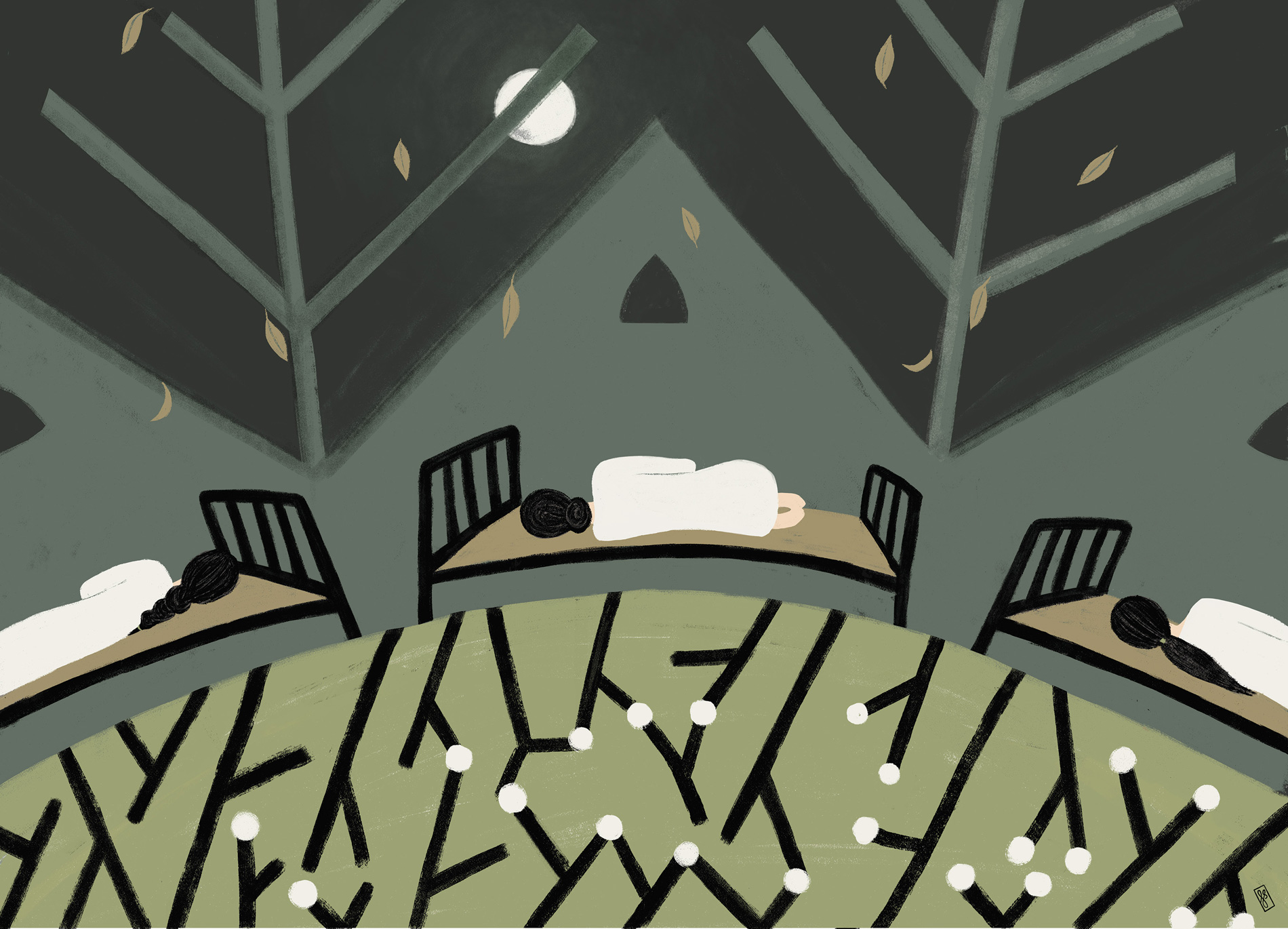

THE DUBLIN RICHMOND DISTRICT LUNATIC ASYLUM TRIAL
Cullinan’s report on vaccination and its impact
Click the play button below to hear Cullinan’s notes on the trial:
Victorian asylums saw frequent outbreaks of infectious diseases and served as testing grounds for new medical interventions. Opened in 1815, Dublin’s Richmond Lunatic (later District Lunatic) Asylum was one of Ireland’s largest asylums. In 1900, it saw the first known use of typhoid vaccines in Ireland.
Alarmed by an escalating typhoid outbreak among female inmates, Medical Superintendent Conolly Norman requested doses of the new typhoid vaccine from Almroth Wright of the Royal Army Medical Corps at Netley.
Wright was a Trinity College Dublin graduate and had developed his heat-killed vaccine in 1896. The vaccine was already being administered to British troops fighting in South Africa.
However, dosage and production problems, severe side-effects, and inconsistent statistical evaluation had undermined trust in it. Eager to defend his vaccine, Wright sent multiple batches to Dublin where it was administered to 511 female inmates – including children – but not to nursing staff.
Although severe side-effects and one death were reported amongst patients receiving the vaccine, the fact that a far higher percentage of nurses than patients contracted typhoid during the outbreak was seen as proof that the vaccine worked.
Fidelma Slattery, The 1900 Typhoid Vaccine Trial at the Richmond Asylum, 2024.
For this illustration I decided to focus on antibodies to help convey the situation these women found themselves in. Strong ‘y’ shapes are used throughout to echo antibodies. They appear as trees or roofs or the space between roofs. The half circle at the bottom, filled with antibodies and antigens, is there to represent the precipitation curve but it is also there to convey the earth turning, time passing, events transpiring that were unstoppable and in which the women were powerless. Inside the earth, the antibodies and antigens double as the roots of the trees so that the women are surrounded above and below. The light of the moon watches over them on their journey. Leaves are falling; it was autumn when they began getting sick and were given typhoid vaccinations. The three faceless women represent all 511 women who were vaccinated, invisible to the outside world.
Fidelma Slattery, 2024.



